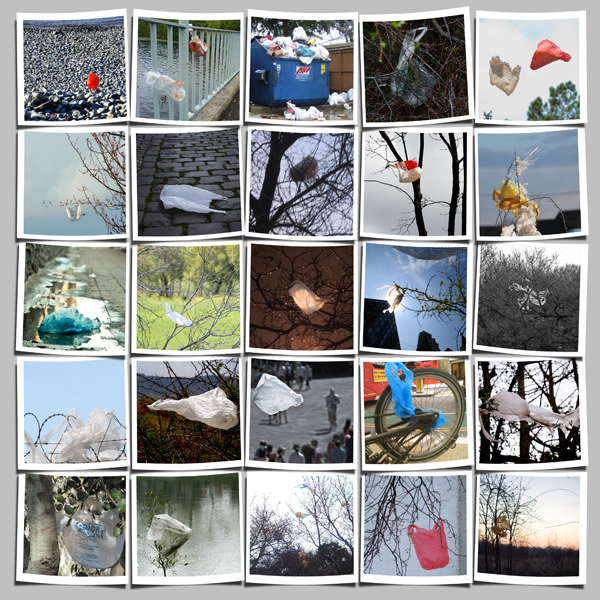Following a path already traveled by the likes of Van Jones in the East Bay Area and Majora Carter in the South Bronx, Rhonda Webb of Compton has started a journey of revitalizing her community that is rooted in green infrastructure and a green economy.
Even the street artist Shepard Fairey is hip to the idea that gardens and green space are important elements in rebuilding communities with his “Urban Roots” piece (see below). The communities involved in each of these efforts general have common threads: dis-investment by private and public sector, large swaths of vacated land, a large population of underemployed and unemployed, and a number of public health issues associated with the built environment.
For the past three years, Rhonda has been working in South Los Angeles, particularly in Compton, to bring attention to the connections of community and environmental health. She has actively worked with school-aged kids to tie environmental education and real world experience. Beyond the environmental benefits derived from her efforts, she is equally concerned with the economics of going and being “green.” For her, “the multi-billion dollar green economy has not altered or improved the quality of life. The green economy has gone mainstream and quietly left communities of color in the grey polluted economy of yesterday. The black and Latino communities are festering in a gray dirty economy.”
While critical of the green economy and its past efforts, she is a believer that green has the capacity to “lift communities out of poverty” through job creation and employment opportunities. But the best part of this effort, it will lead to the more livable communities, healthier food sources, and a softer landscape. “That’s beautiful. That’s power. A power that needs to be developed, harnessed, and used by Latino and black communities in reimagining Compton and South Los Angeles.”
To this end, Rhonda and her community group LEAPS Action Center, will be hosting “Make a Green Noise,” an event that involves community garden planning and planting. It takes place this Saturday (08/18) from 10 .am. to 1 p.m. in the City of Compton at 2125 W. Compton Blvd. This effort is part of a global movement to utilize green tools to promote opportunities for equitable, sustainable and innovative renewal.
Come get your hands dirty and be part of this movement. Heal the Bay staff will be there if you’d like to join us. For more information about LEAPS Action Center call (310) 637-2843 or visit: http://www.indiegogo.com/makeagreennoise.
Read more about how Heal the Bay has made the Compton Creek Watershed a major programmatic effort for the last 10 years, as part of our Healthy Neighborhoods, Healthy Environment initiative.
— James Alamillo
Urban Programs Manager, Heal the Bay

Questions? Call us 1.800.HEALBAY or contact our Programs staff.
Your donation can help Heal the Bay continue impactful community programs such as these. Please make a donation.



